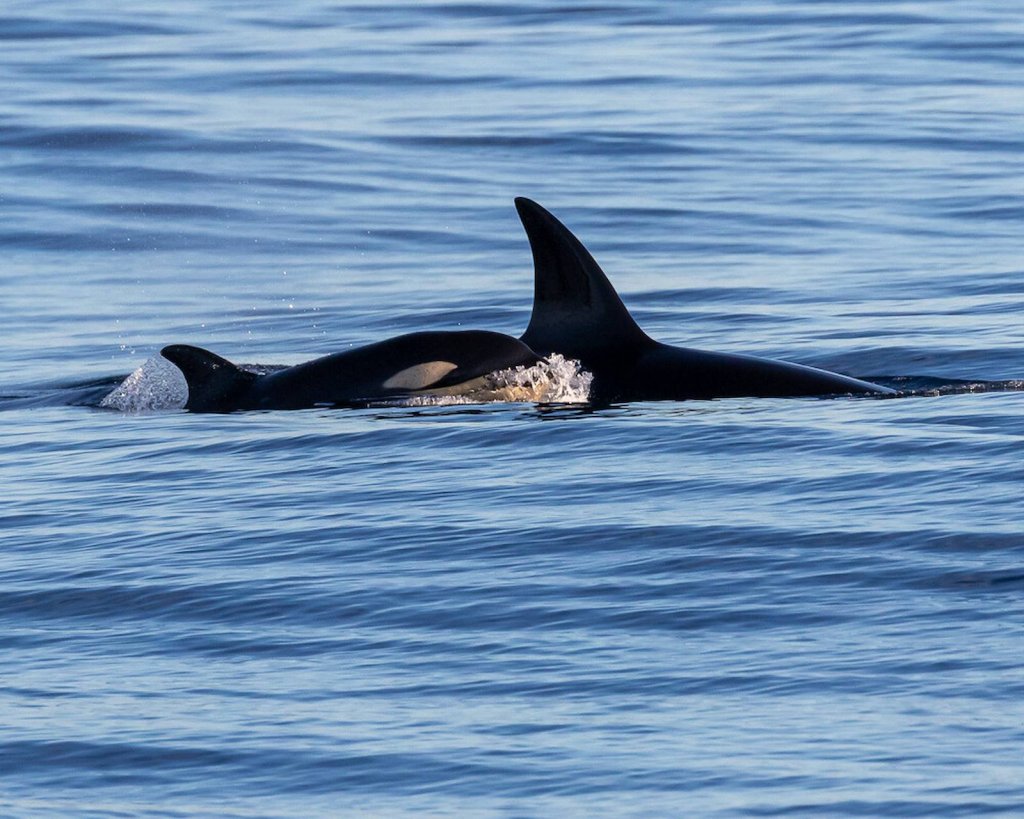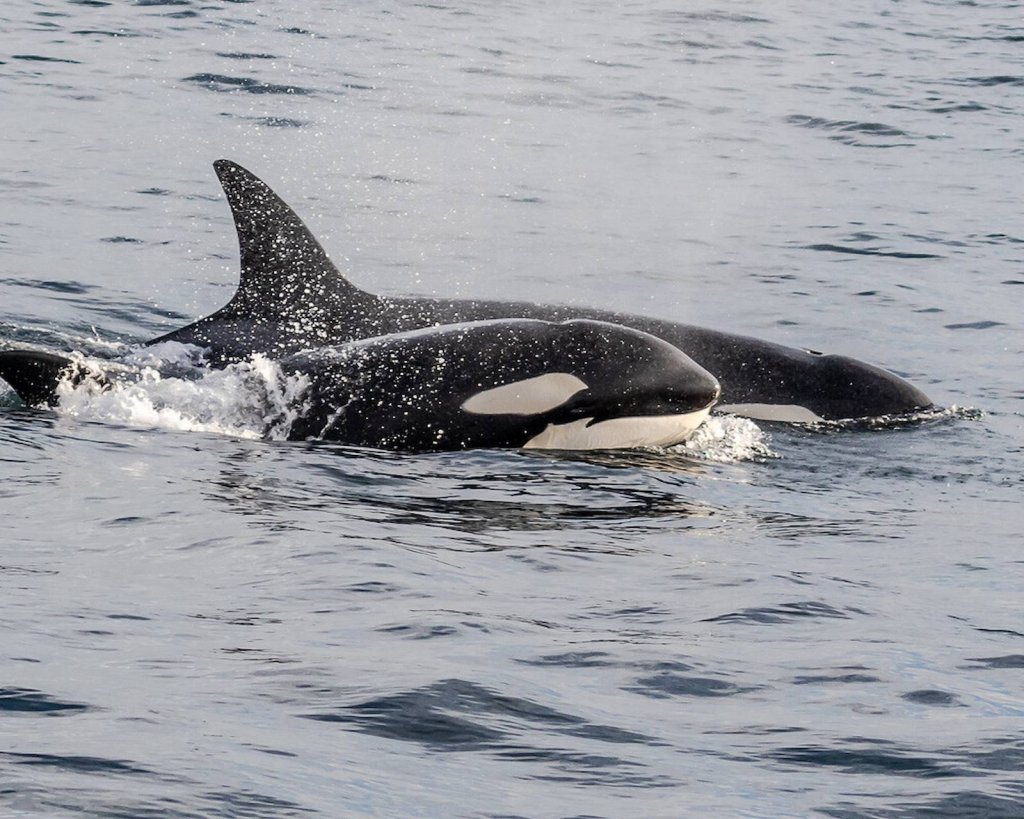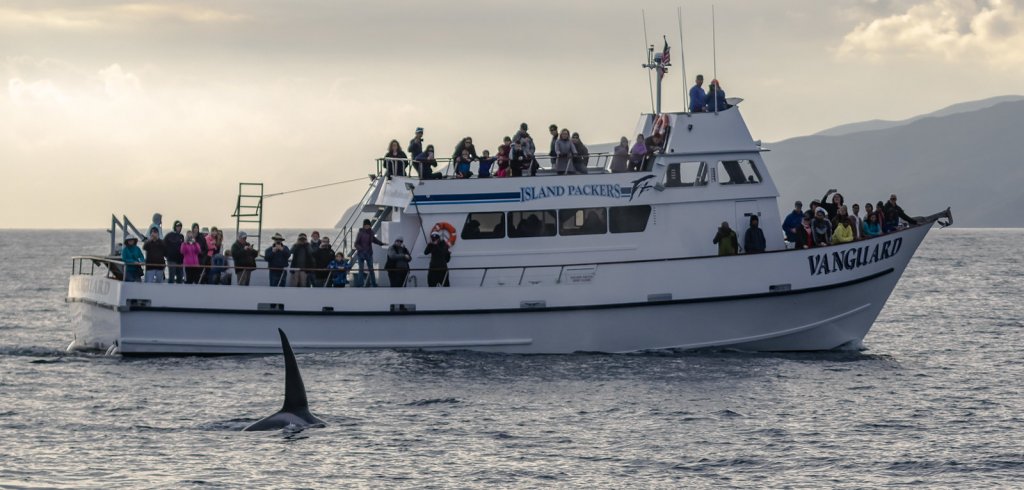Posted: Tuesday, Jan 11th, 2022
Updated: Thursday, Aug 11th, 2022
When Can You See Orcas Off Ventura? And Plenty More Fun Facts
Featured Image by Latitudes Gallery
It’s a lovely thing to see Nature’s glories for yourself, and few natural glories are as grand as an Orca sighting. The waters off Ventura (officially the Santa Barbara Channel and Channel Islands National Marine Sanctuary) are rife with life, and, though it is wrong to pick favorites (how can a Blue Whale come in second in anything?), well, it’s certain that an Orca sighting will stay with you for the rest of your days.
Of course there are no guarantees – Nature is not a Disney exhibit – but if anyone can find Orcas, it’s Island Packers Cruises. Over the years (fifty-plus), the Island Packers team has assembled an impressive amount of eyes on knowledge – and done plenty of homework on the side.
Below, courtesy of the Island Packers team – and some of the world’s top scientists – a short list of fascinating Orca facts. See them as enticement. If you’re already enticed, well then, just book your Island Packers whale watching trip right now.
When can you see Orcas off Ventura?

Orca pods can be seen in the Santa Barbara Channel off Ventura in any season. There’s no train schedule, but it is true that, during the annual gray whale southerly migration (taking place right now through roughly mid-April), Orcas are spotted off Ventura. They’re also seen when the gray whales return north from Baja, California, Mexico (mid-February through May), heading back to their feeding grounds off Alaska. During the gray whales’ northbound migration, mothers feeding their calves often stay closer to the coast and so are easier prey for the Orcas, who often single out the young calves (again, Nature isn’t Disney – but there is beauty in wildness). But Orca sightings are a possibility any time of year. In unscientific terms, they come and go. Want to find out what Island Packers is seeing at this very moment (because there’s a lot more out there than Orcas)? Please click here.
What kind of Orcas are spotted off Ventura?
The Orcas seen off Ventura are known as transients or Biggs. They are the true killer whales became they eat other whales, including dolphins (they’re all cetaceans), as well as sea lions, seals and sea otters. Transient Orcas differ from their cousins, the resident Orca (which stay mainly in one area), primarily in their diets. Residents feed almost exclusively on fish; transients travel thousands of miles in search of marine mammal prey like seals, sea lions and other whales.
How long do Orcas live?
Their average lifespan in the wild is fifty to eighty years.
How fast do Orcas swim?
Extremely fast. They’ve been recorded at speeds of over 30 miles an hour.
How far and how deep do Orcas swim?
Orcas swim up to 40 miles a day. They can dive 100 to 500 feet deep. Experts surmise that Orcas are born with an innate drive to swim far and dive deep. To see them sluicing through ocean waters is to forget to breathe.
Where are Orcas found?
Orcas are found everywhere, from the polar regions to the Equator. A wild Orca pod can cover a distance of over 100 miles in a day, hunting and socializing.
Why are Orcas called killer whales?
Orcas were given the name ‘killer whale’ by ancient sailors who watched as Orca pods hunted whales with ruthless efficiency. They called the Orcas “asesina ballenas”, or ‘whale killer’ – a term that was eventually flipped around.
Are Orcas smart?

Orcas are highly intelligent and highly social. Orcas travel and hunt in pods – family groups of up to 40 individuals. They make a wide variety of communicative sounds. An individual orca pod has distinctive noises that pod members recognize even at a distance. Research has shown that individual family groups share a sophisticated, unique culture that is passed down through generations. Having a variety of prey to choose from probably led to the niche specializations scientists observe today. Millions of year ago, different groups started eating different things to avoid competing for the same food. Now these groups are genetically different, in addition to their unique appearance and cultures.
How close knit are Orcas?
Orcas may travel in a family pod for life. Some may even mourn. In 2018 a killer whale was seen pushing the carcass of her newborn, which had died shortly after birth, around with her snout for 17 days.
How often do Orcas give birth?
Mothers give birth every three to ten years, after a 17-month pregnancy. They give birth to one baby at a time, and that baby may nurse for up to two years. Other adolescent females often assist the mother in caring for the young.
Do Orcas sleep?
Not entirely. Orcas, quite literally, sleep with one eye open. Only half their brain sleeps at a time so that they can keep breathing and keep an eye out for predators. The left eye will be closed when the right half of the brain sleeps, and vice versa. Orcas alternate which side is sleeping so they can get the rest they need without ever losing consciousness. When sleeping, orcas swim slowly and steadily, close to the surface.
How might you be intelligently conversant while observing Orcas from an Island Packers boat?

When Orcas leap free of the water. “Ah look, they’re breaching.” When Orcas lift their heads from the water to look around. “Ah. Regard the spy hopping.” When Orcas slap the surface with their tail flukes. “My. Quite the display of tail lobbing.” When you start to become annoying. “Ah. Time to recognize the social cues.”
Discover More
Get to know Ventura, and discover the best things to do around the city.
What You Need to Know About Whale Watching off Ventura
Winter is Ventura’s Whale of a Time
Fourteen Extraordinary Things About Ventura’s Whales
Ten Things You Didn’t Know About Ventura’s Magical Dolphins
Whale Watching Around Ventura & the Channel Islands
The Whales Off Ventura’s Coast!
Ventura Partners With







